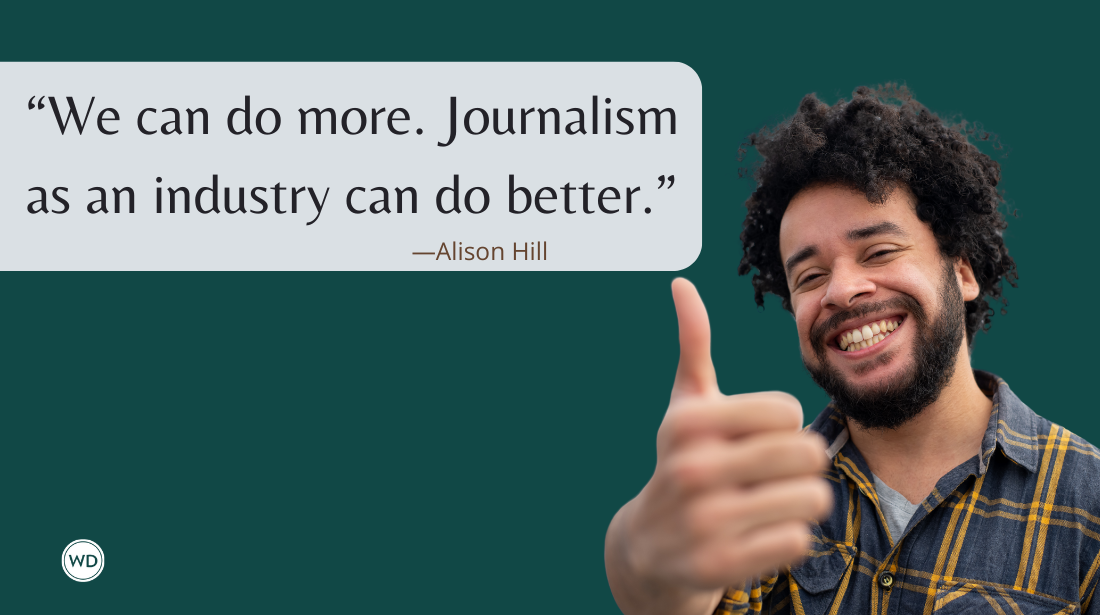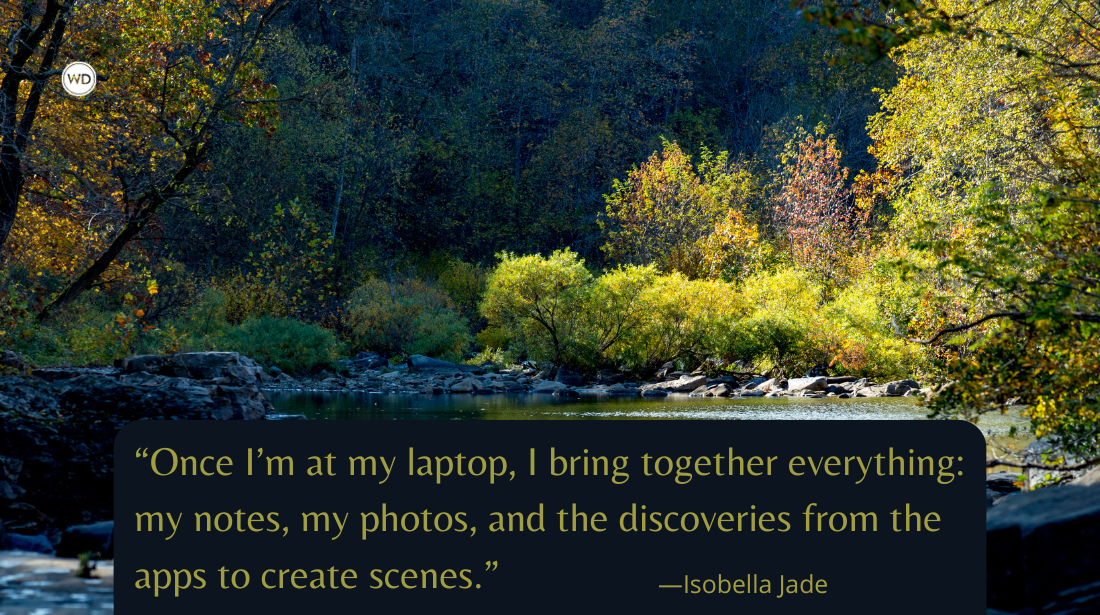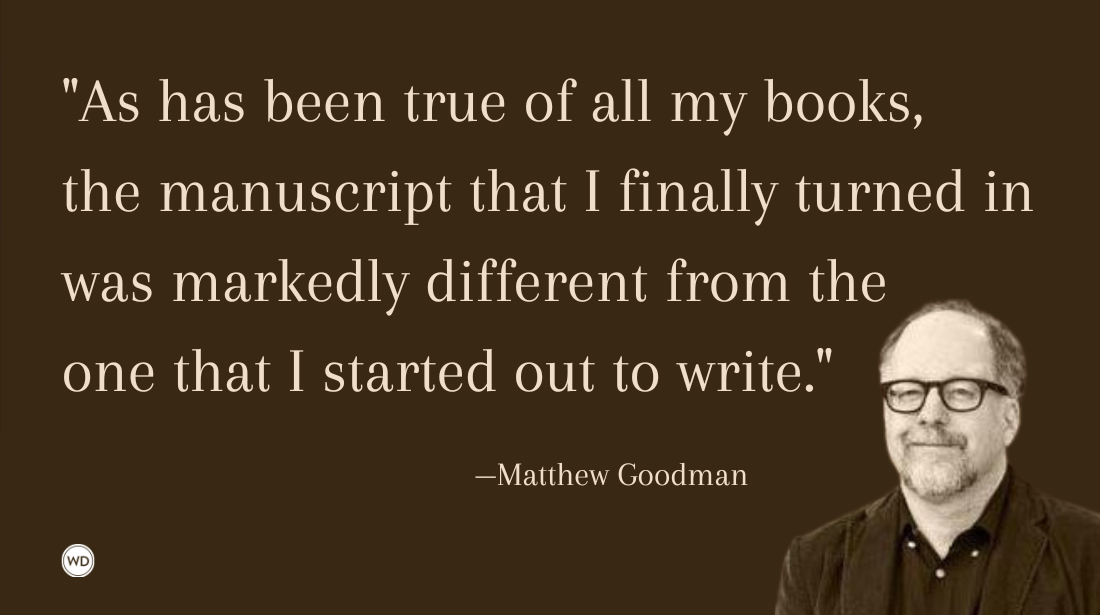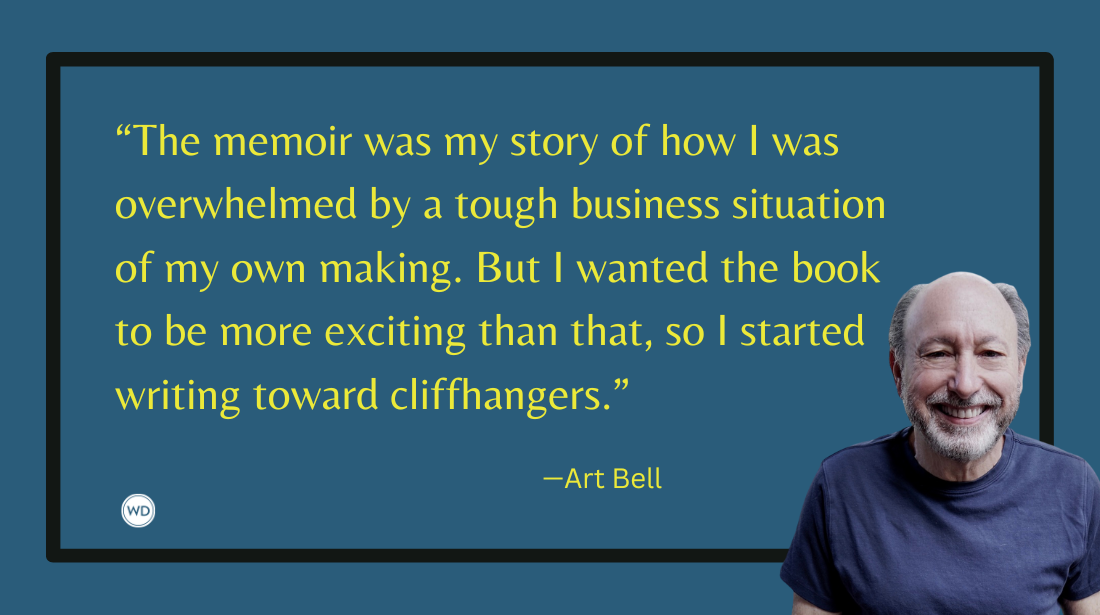You Own It All: Writing the Memoir
Award-winning actor, singer, and comedian Candi Milo reminds us that we are the owners of our stories and shares her experiences writing her memoir.
The amount of self-imposed drama I went through when I turned my childhood memories of my family’s business (running and living in one of the very first licensed halfway houses for the mentally ill and emotionally disabled in 1969 called Milo Arms) into a book was almost pitiable if I wasn’t beating my head on my desk wondering where I went wrong in my interpretation of the Milo family gospel of How We Talk About Those Things.
That is until I realized the biblical Gospel is disparate accounts of one person by many people. And suddenly, I had permission. OK. The truth is, I saw this on social media:
“You own everything that happened to you. Tell your stories; if people wanted you to write warmly about them, they’d have behaved better.” —Annie Lamott
My anxiety about making “mistakes” by telling my version and consequently having it differ from my family’s stories, and being shunned on Oprah, faded away. So, I committed to not only write what I knew; I committed to write what I remembered happened and how I felt about it. My story is mine. My memories are mine. To tell or not.
My decision to ultimately tell was because I had been creatively performing certain aspects of it for decades. So, I wrote my act down as a first draft—when suddenly I’d be in Trader Joe’s, have an epiphany, and recall things that either altered or erased my version of “the cocktail telling” of my story. This happens. We know our stories so well that we tell them in a way that becomes the truth. Anxiety can arise when memories are challenged.
But I found that the cocktail telling was my way of getting a positive reaction to the painful side of my life. It wasn’t enough. It wasn’t rich enough. It wasn’t a book.
So, while a “bit” is great for parties, it’s not great for moving a story forward in a compelling manner. I love to move people to laughter or tears, so I wrote a nightclub act that I called “If She Taps You’re F**ked,” which ended up being a story in my book. Think Bette Midler meets One Flew Over the Cuckoo’s Nest as performed by Sally Field.
When making the transition to author, I threw out 99 percent of the treatment I used to option my act to major studios over many years. It just went nowhere significant. By design. To redesign the message, I narrowed my story down to events that revolved around one or two relationships, and I followed them to the truth.
IndieBound | Bookshop | Amazon
[WD uses affiliate links.]
What I didn’t want to write about was my family. I didn’t want to write descriptions or events tied to family personality. (Now, quirks are a different thing altogether!) I decided to write about what occurred when I was a little girl, in my family home and around it, and how I felt about it.
Listen, an audience doesn’t really want to read about my family either. Even one as colorful as mine. Readers might indulge for a second, but if it doesn’t move them, they’ll check out. A story without heart is like forcing people to sit through a slideshow of your family vacation. They weren’t there, and Trevi Fountain photos always look better in Vegas. So, take them with you by involving their hearts.
People want to read how I felt about my family. A memoir is all about you with a group of people, in relationship, for a set amount of time, where something happened that had meaning in your life.
For example, my memoir is based on my relationship with my father and my relationship with the residents of our home. Secondarily, I write about the consequences of my father’s relationship with the government and the residents. And I concentrate on the joy or conflict I experienced, with or because of these relationships.
And, like it or not, the best memoirs end. The best ones with an ending worthy of the beginning. Think of that slideshow. That last slide where everyone’s heads are cut off. You can save the night with humor and pathos.
My thoughts on real people and real names. I made a commitment not to disparage anyone. People I do not like do not move my story forward. My suggestion is if you are using real names of living people, especially relatives, get written permission. If you’re unwilling to do that for fear of being denied, use fake names. Using your precious pages to be angry is a waste of your talent. To put people down is not the high road of a memoir with an important message. It’s like a middle school Slam Book—a cheap shot.
When you tell your story, tell your story. Use real names for context only if needed. If you do, avoid playing the name-blame-and-shame-game. First, there is legal liability. Libel. Second, it’s a drag to write and for an audience to read and causes a general unease for … well … everyone. On that note, get insurance. The first rule of all good writing, say it with me, is that we write what we know (or what we can legally prove).
Lastly, when you write, unroll it. Take us on a journey. Try not to simply present events. Many a lackluster memoir begins with … and then when I was five … When I write, I try to offer an incident, recall my reactions to it, and open myself up to revealing my thoughts and what it led me to. I generally don’t try to evoke emotions from a reader, but I offer up my own raw effects for examination.
When you write simply to evoke, you can’t help but be the victim of the reaction. “See how I feel about this? Don’t you feel the same way, too? Oh. You don’t?” Sad emoji. My book has a review that I am most proud of. A reader writes that they laughed because it was either that, or never stop crying. This meant that I had taken them on a journey with me.
A thought on using humor to present troubling incidents—maybe a whole essay to come. You can use humor any time, no matter the passage of time, if it comes from a genuine place. Funny is funny to some people, no matter how you feel about what happened at the time. A sentence of truth is better than five paragraphs apologizing for expressing a human moment with laughter. Accept your writing affects people in different ways. It will.
To write my truth I, use this tact:
I Present an incident/event. Then I offer an Explanation either in past character or present day, which demonstrates my Acceptance of what happened (which can present as humor). I work hard to use Caption-worthy dialogue that helps people connect to me so I can safely Evolve in my story.
PEACE. (OMG—did I just write that? I did.) I have this on a Post-It note on my computer.
Write with heart and a commitment to genuineness that points us to where you are coming from. Also known as your point of view. This POV should focus on helping your audience connect the dots of your life. Again, even if the situation is difficult or triggering, there is a way to positively write it using your unique and authentic voice.
In closing, writing my memoir gave me an eternal gift (and yes, all I can picture is the Trevi Fountain near the Eternal City). It gave me a chance to celebrate my new understanding of old events. It told me who I was. Tell me who you are.
Born in Palm Springs and raised in San Jose, California, Candi Milo is an actor, singer, and stand-up comedian based in Los Angeles. Candi is a three-time Annie Award nominee and one of the busiest actors in voiceovers today and is honored to have taken the mantle from the legendary late June Foray as the voice of Granny for all of Warner Brothers Animation projects, including Space Jam 2: A New Legacy with LeBron James. She is best known for voicing Dexter in "Dexter's Laboratory" and The Flea in "¡Mucha Lucha!", among other well-known characters in hundreds of film and television projects, including Granny and many other roles in Looney Tunes Cartoons. On stage, Candi starred with Jennifer Holliday in the first touring production of Dreamgirls, directed by Michael Bennett. She also gives inspirational talks about her unusual childhood and how it informed her life as an actor, mother, and passionate advocate for people dealing with mental illness and homelessness.








